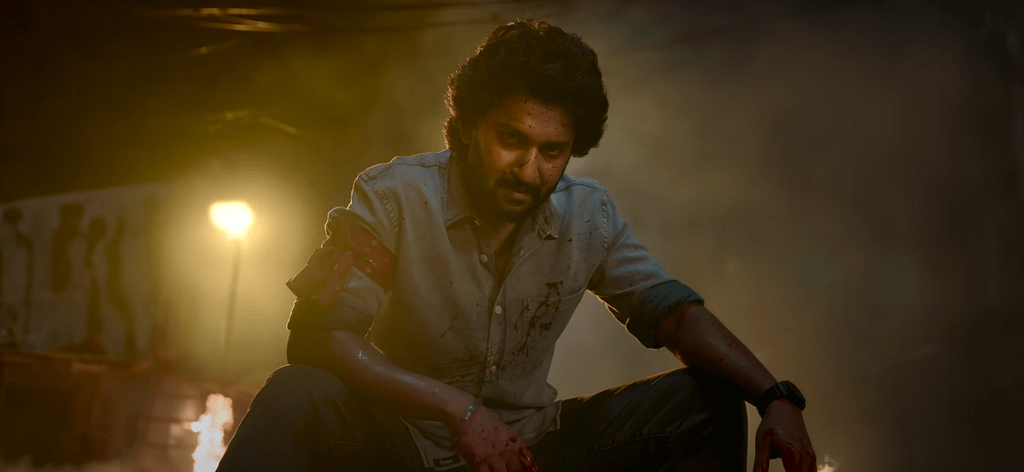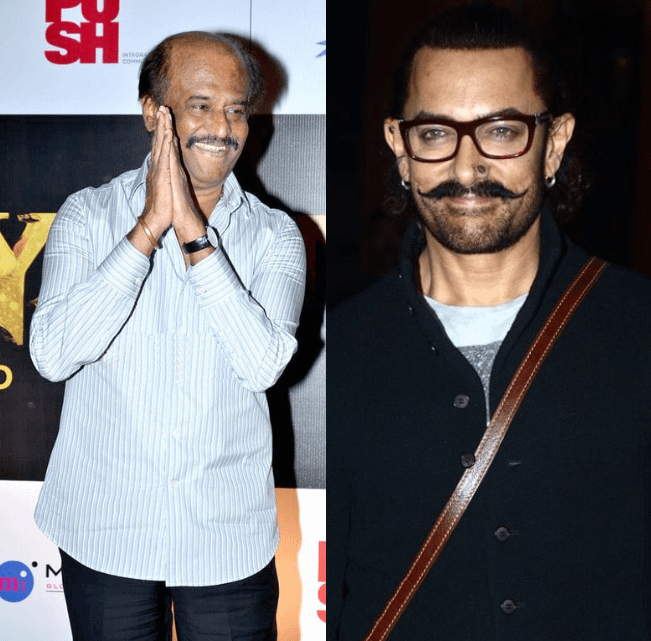Exploring the Video Game: How Deep Are Its Cultural Roots? The very emergence of video game Black Myth: Wukong raises heavy interest not only owing to gameplay but because of deeper cultural roots. The action role-playing game gains inspiration from the great Chinese novel Journey to the West. Rich in historical values, the stories intertwine mythological figures and real-life events. The blog explores the relationship of the game with the book and its history, concentrating specifically on how the Indian connection gives the story such vibrancy.

Understanding Black Myth: Wukong
Black Myth or Wukong, for that matter, is a story of Sun Wukong, the Monkey King. His story goes about how he, being imprisoned under a rock by the Buddha, took it upon himself to seek six relics tied to the five senses: eyes, nose, tongue, body, and mind in order to be released. It symbolically mirrors the trials of life and the journey towards enlightenment.
This computer game is an adaptation of the 16th-century novel Journey to the West, narrating the adventures of the Monkey King with a monk and his disciples. This has been a part of Chinese mythology as well as philosophy of parts that players face in different trials.
Historical Background about Journey to the West
At its core, it is a report of the journey taken by Xuánzàng, the Buddhist monk from the Tang dynasty in China, which he undertook in the 7th century to reach India for sacred texts and to further his knowledge in Buddhism. It represents one of the most important historical undertakings between Chinese and Indian relations in terms of cultural and spiritual flows.

Xuanzang, known as Hensang in India, faced many problems during his journeys. He had to face horrific landscapes as well as faces of brigands. His journey has been recorded in great detail which tells the entire socio-cultural atmosphere prevailing at that time.
Deities’ companions for Xuánzàng
Xuánzàng is accompanied in the novel by various mythical characters, such as the protector of the Buddhist monk, Sun Wukong, against the different supernatural enemies he faces. The travelling party also consists of a white dragon horse and a general who give expression to different dimensions of strength and loyalty. Their object in view is to get the Buddhist scriptures to India from Mount Grdhrakuta there.

These characters do not only make the story more profound but also represent the struggle between good and evil, which illustrates some of the morally rich undertones inherent in Buddhism.
The Indian Connection: Story of Hensang
The journey of Hensang to India forms the backbone of the narrative. He embarked in 629 AD, but the emperor was opposed to it. Yet he went ahead with his quest to know the true essence of Buddhism, traveled along the Silk Road, and finally entered India, where he encountered different cultures and traditions.

Hensang has noted down his observations about the Indian society while traveling, including how Buddhism mushroomed across the areas such as Afghanistan and Central Asia. His accounts describe vividly the prosperity of life in ancient India, with aspects of conventions and beliefs with architectural marvels such as stupas and monasteries .
The Cultural Exchange: Buddhism in India and China
These centuries of historical interaction set up a great cultural encounter between India and China. Thus, the spread of Buddhism from India to China is attributed to people like Hensang, who translated texts and taught principles that eventually influenced Chinese philosophy and spirituality.
Hensang’s experiences in India, especially with local scholars and monks, would provide a distinct insight into how Indians differ and are similar compared to the Chinese. His writings demonstrate a fusion of the two civilizations by common values and belief.

Hensang’s Experiences: Observations into Indian and Chinese Cultural Differences and Likeness
These were fourteen years that he passed in India, keeping perfect records of his journey and the knowledge that he gathered. During his travels, he visited all key centers of learning and stayed under the tutelage of some of the most prominent scholars of Nalanda. His works, particularly Records of the Western Regions, provide invaluable insights into educational practices, religious beliefs, and everyday life in ancient India.
One of the observations Hensang made was his account of the importance that debates among different philosophical schools played during his time, reflecting an intellectual vibrancy at the time. When speaking of Emperor Harshavardhana’s court, where he saw grand religious assemblies, he depicts the blend between politics and spirituality in Indian society.

Role of Myth in Cultural Narration
Mythologies are very important in shaping the cultural narrative, and Black Myth: Wukong takes this exactly into its throes via its characters and story arcs. This added mythological element not only enriches the game by making play more fulfilling but also teaches a lesson about the roots of the cultural heritage and its confluence with India.
This is where the personification of Sun Wukong, with magical staff and power of shapeshifting, epitomizes adventure and fortitude; Hensang’s journey taken by Sun Wukong represents a universal quest for knowledge and its thinking no matter what the culture.
Legacy of Hensang and Impact of Black Myth: Wukong
This heritage continues to influence plenty in terms of art, literature, and even modern media up to today. In this regard, Black Myth: Wukong is a great contemporary representation of such heritage whereby players would get to explore rich historical context amidst an immersive game.

As one of the adventures of Sun Wukong, the game serves as a bond between player and challenge, offering something much more than just an exciting adventure but rather an appreciation for cultural exchanges that have molded our world. The result is that the game is a living testament to the power of storytelling, serving as a connecting thread between past and present through its riveting storyline.
Crossing Cultures with Gaming: Conclusion
Black Myth: Wukong is, more than a video game, cultural heritage. In fact, it reminds the wide scope of inter-related histories of both India and China by showing the ride in Journey to the West and Hensang’s historical journey.
But as we learn more about these stories, we discover the wealth of our common human past, which we then nurture to appreciate and respect diverse cultures that make up our world today.


